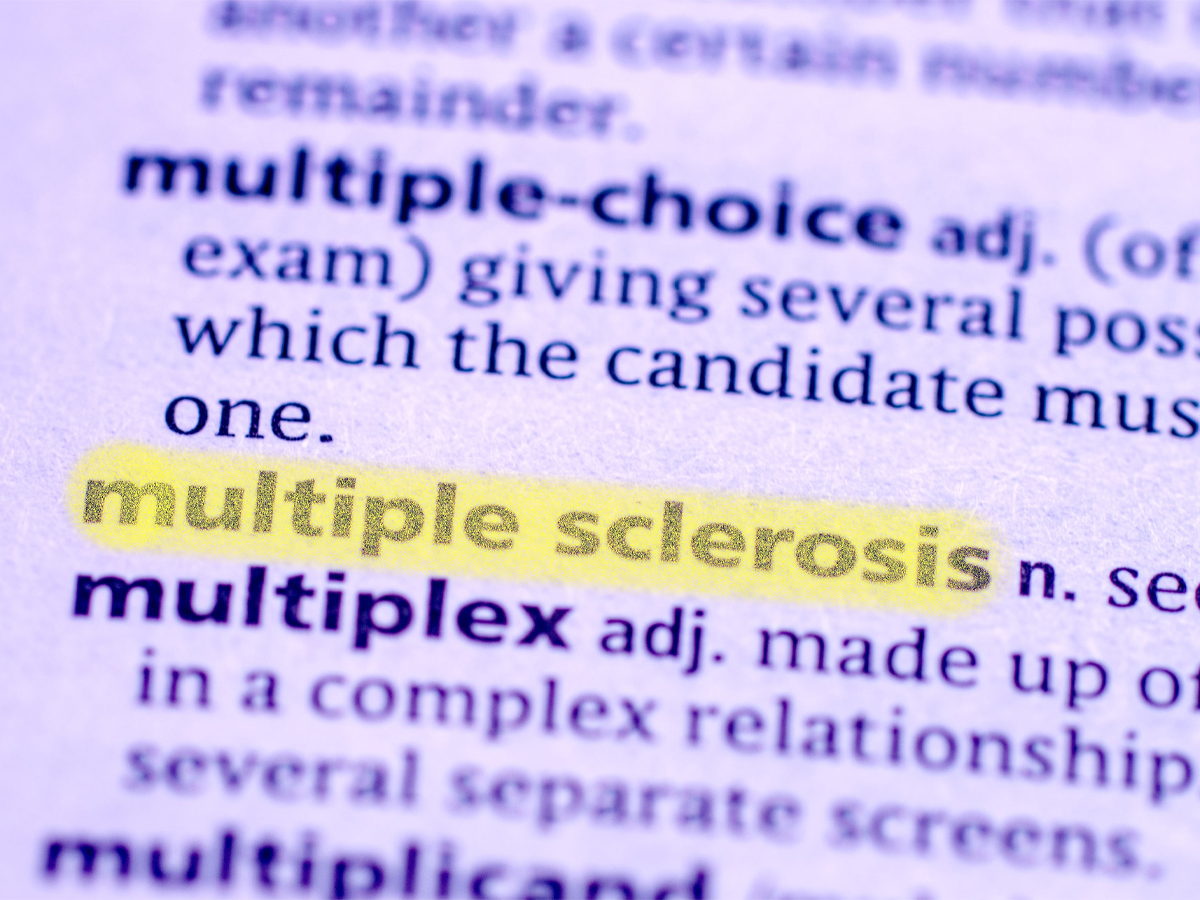The number of Australians with multiple sclerosis (MS) has increased 30 per cent over the past four years, with over 33,000 people with MS in 2021.
These latest MS figures were published in an interim report, commissioned by MS Australia and prepared by the Menzies Institute for Medical Research at the University of Tasmania.
Royal Hobart Hospital clinical neurologist and one of the report authors, Professor Bruce Taylor, said that while the rise in prevalence is a concern, the results were not unexpected, and the data is consistent with what is happening domestically and internationally.
“Many lifestyle and behavioural risk factors contribute to a person developing MS, including obesity and insufficient sunlight exposure. If we can narrow down more precisely what risk factors are driving this escalation through further research, we could significantly reduce the risk of MS in Australia and globally,” he said.
The annual per person costs of MS in Australia are higher than other comparable complex chronic diseases such as Parkinson’s disease and Type 2 diabetes.
MS Australia CEO Rohan Greenland said there is “an urgent need for further government investment in MS research”. The organisation is also calling for greater data collection, better access to care including MS nurses and investment in broader preventative health measures including healthy weight, tobacco control, nutrition and physical activity.
A recent study found that MS prevalence had increased in every world region from 2013 to 2020, with a person diagnosed with MS every five minutes.

